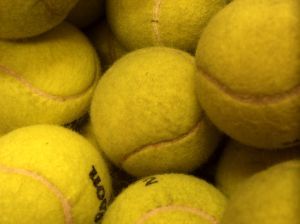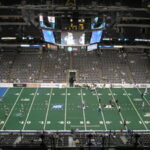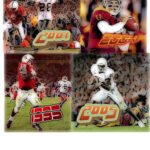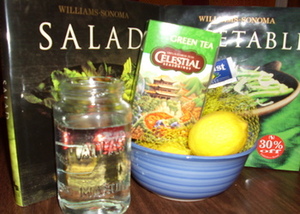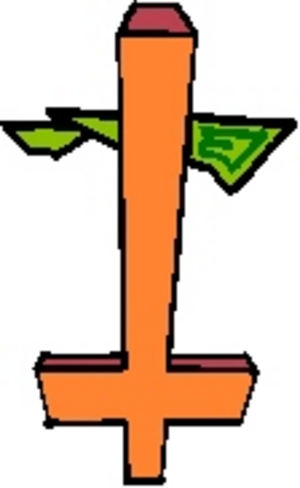I’ve already attempted to introduce readers to tennis by telling them about the basics of tennis as well as some of today’s players to look out for. Now I will attempt to teach everyone about some of the different tennis strategies that are used by many tennis players. There are four main strategies: aggressive baseliner, defensive baseliner, serve and vollyer, and all-court player.
Aggressive Baseliner
An aggressive baseliner tries to win points by staying at the back of the court and hit winners. An aggressive baseliner won’t necessarily go for the big shot immediately. He will hit the ball from side to side until he finds an open spot on the court then he’ll use his best shot, usually a forehand, to blast home the point. Because the aggressive baseliner will often use his strength on the final blow he will often hit the ball too hard and lead to errors. The aggressive baseliner is a very popular strategy in the men’s game and is often one of the criticisms made about men’s tennis. There are a lot of physically talented men on tour but almost all of them are aggressive baseliners so there aren’t a variety of styles like in the days of Borg and McEnroe or Sampras and Agassi.
Defensive Baseliner
The aggressive baseliner often uses strength to win while the defensive baseliner is often the strategy used by speedy players. A defensive baseliner is fast and pesky and will use his speed to return nearly every ball. Instead of trying to blast a winner like an aggressive baseliner he’ll just defend and wait for the opponent to make a mistake. Defensive baseliners often succeed on clay courts because the clay will slow down the shots, giving the defensive baseliner more time to chase down every shot. The best example of a defensive baseliner today is Rafael Nadal and like defensive baseliners he has his most success on clay courts which is why he has won the French Open the past two years. Clay courts are also where Nadal usually beats Roger Federer. Defensive baseliners are also sometimes called counterpunchers.
Serve and Volleyers
Serve and Volleyers obviously get their name because the two keys of their games are serving and volleying. A Serve and Volleyer has a great serve but if the opponent should return it then the Serve and Volleyer will come to the net as much as possible. The Serve and Volleyer will try and hit winners but instead of using wild power shots like the aggressive baseliner they will use more accurate shots like drop volleys. The strategy of coming to the net is to pressure the opponent into making a mistake. Serve and Volleyers often succeed on fast courts like grass or fast concrete because the quicker the pace the more pressure a serve and volleyer will put on the opponent. There aren’t many examples of a serve and volleyer in the current tennis world. Good examples of past serve and volleyers are John McEnroe, Pete Sampras, Boris Becker, and Stefan Edberg.
All-court Player
An all-court player is exactly what it sounds like, someone who can play anywhere on the court. All-court players have a great all around game like centers that can also shoot and pass or a power hitter than can also steal bases. All-court players are very versatile; they have an attack game and can also mix in groundstrokes and volleys to keep the opponent on their toes. Having different abilities gives the all-court player a huge advantage because if a certain part of their game isn’t working on a particular day they can completely change their strategy and do something else. It’s no coincidence that the #1 ranked players in men’s and women’s tennis (Roger Federer and Justine Henin-Hardenne) are both all-court players.
